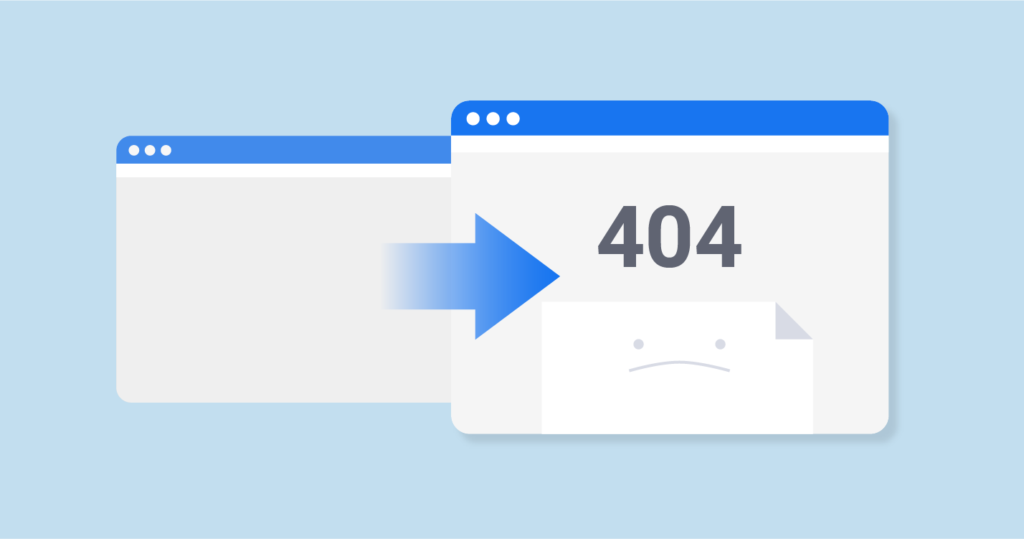Finding and Fixing Broken Links: A Guide to Website…
Finding and Fixing Broken Links
Broken links are not immediately tracked or reported in Google Analytics. Google Analytics is more concerned with website traffic, user behavior, and conversion tracking than with the health of individual links.
Broken links on a website are hyperlinks that point to non-existent or unavailable pages. When a user clicks on a broken link, they are usually directed to an error page, often known as a 404 page.
While Google Analytics does not provide a report for broken links, you can find broken links on your website using other tools and approaches. These tools may crawl your website and create reports that include broken link information such as URLs, referring pages, and HTTP response codes (e.g., 404).
After identifying broken links with technologies such as website crawlers or online broken link checkers, you can take measures to repair those broken links on your website. Updating URLs or replacing them with relevant links can assist ensure a smooth user experience and avoid users seeing broken or error pages.
Google Analytics does not provide a straightforward way to locate and repair broken links. It primarily tracks website traffic and user behavior. Google Analytics, on the other hand, can be used in conjunction with other tools and methods to find and resolve broken links on your website.
The following is a step-by-step procedure:
- Determine broken links:
Crawl your website with a website crawler tool such as Screaming Frog, Xenu’s Link Sleuth, or Ahrefs Site Audit to find broken links. These programs will generate a report of any broken links they discover.
Alternatively, you can scan your website and build a list of broken links using online broken link checker programs such as Dead Link Checker or Broken Link Checker.

- Examine reports of broken links:
Examine the broken link reports generated by the aforementioned technologies. These reports often include information such as broken link URLs, the referring website, and the HTTP response code (e.g., 404 for not found).
Sort the broken links according to their impact and relevance. Fix broken links that go to essential pages or have a significant volume of incoming traffic first.

- Repair any broken links:
After you’ve found the broken links, you can work on repairing them.
Update the URLs to the right destinations for broken internal links (inside your website). Check that the changed URLs are still accessible and lead to the desired information.
Consider seeking alternate resources or replacing broken external links (leading to other websites) with relevant connections that give similar information.
Update any internal links that point to the corrected broken links if necessary.

4.Check and double-check:
After you’ve fixed the broken links, utilize Google Analytics to track your website’s performance and user behavior. To confirm that the modifications are effective, keep track of any changes in traffic patterns, bounce rates, or user engagement.
Check for new broken links on a regular basis with the same tools outlined previously, or build up automated crawls to find broken links in the future.
Remember to leave your Google Analytics tracking code intact on all pages to continue monitoring the performance of your website even after you’ve fixed broken links.
Please contact us if you want technical assistance.
We are a leading web development and digital marketing organization dedicated to providing great solutions that are customized to your specific requirements. We provide your targeted clients through digital marketing, and we treat your business seriously, enhancing your business and providing a higher return on investment.
